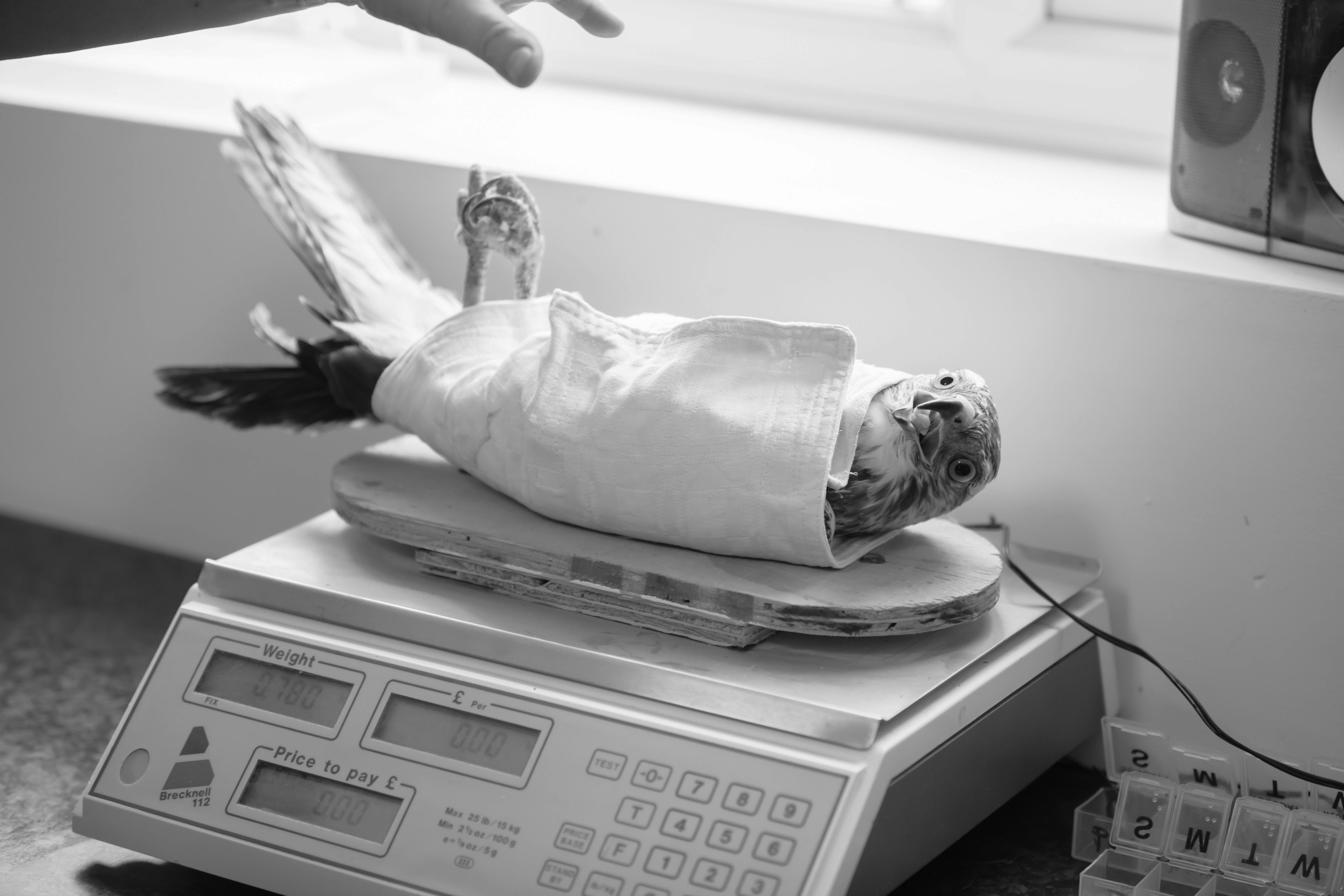Signs of Hormonal Issues in Birds

Signs of Hormonal Issues in birds
Hormonal imbalances are not just a human concern; they can significantly affect the health and behaviour of birds too. Like other animals, birds experience natural fluctuations in hormone levels that can influence their moods, physical condition, and overall wellbeing. Recognising the signs of hormonal problems in birds is crucial for avian enthusiasts to ensure their pets or aviary inhabitants receive appropriate care.
What Are Hormonal Issues in Birds?
Hormonal problems in birds often arise from imbalances in hormones such as estrogen, testosterone, and progesterone, which are crucial for regulating reproductive and other behaviours. These issues can be triggered by various factors, including changes in light exposure, diet, and environmental stressors.
Common Signs of Hormonal Imbalance
Behavioral Changes
One of the most noticeable signs of a hormonal imbalance in a bird is a change in behaviour. A normally gentle and friendly bird may suddenly become aggressive or excessively territorial. Hormonal birds might also exhibit increased vocalisation, such as screaming or singing at inappropriate times, which can be a form of seeking attention or expressing discomfort.
Feather Plucking and Self-mutilation
Feather plucking and even self-mutilation can be symptomatic of hormonal imbalances. Birds may start to pull out their feathers due to frustration from the confusing hormonal signals. This behaviour can lead to skin lesions and further health complications if not addressed promptly.
Nesting and Reproductive Behaviour
Even outside the typical breeding season, a bird experiencing hormonal issues might show an increased interest in nesting. This behaviour can include shredding paper or other materials to prepare a nest, becoming protective of certain areas, or displaying mating behaviours, such as regurgitation, towards objects or their human handlers.
Physical Symptoms
Along with behavioural changes, physical symptoms can indicate hormonal problems in birds. These may include cloacal prolapse due to excessive egg-laying or attempts to mate. Additionally, some birds might experience changes in their physical appearance, such as alterations in feather colour or condition.
Managing Hormonal Imbalance in Birds
Addressing hormonal issues in birds involves modifying their environment and diet. Reducing the number of daylight hours by controlling light exposure can help mimic the natural decrease in daylight during the off-breeding season, which helps regulate hormone production. Furthermore, altering the diet to remove high-fat seeds can also reduce excessive hormone production.
The inclusion of foraging toys and activities can help reduce stress and distract from hormonal behaviours. Consulting with a vet specialising in avian health is critical when signs of hormonal imbalance appear, as they can provide specific advice and treatments tailored to the needs of the bird.
Conclusion
Recognising the signs of hormonal imbalances in birds is key to managing these issues and ensuring the health and happiness of these complex creatures. Regular observation for any sudden changes in behaviour or physical state, combined with prompt veterinary consultation, can prevent more severe health problems and contribute to a healthier life for pet birds.